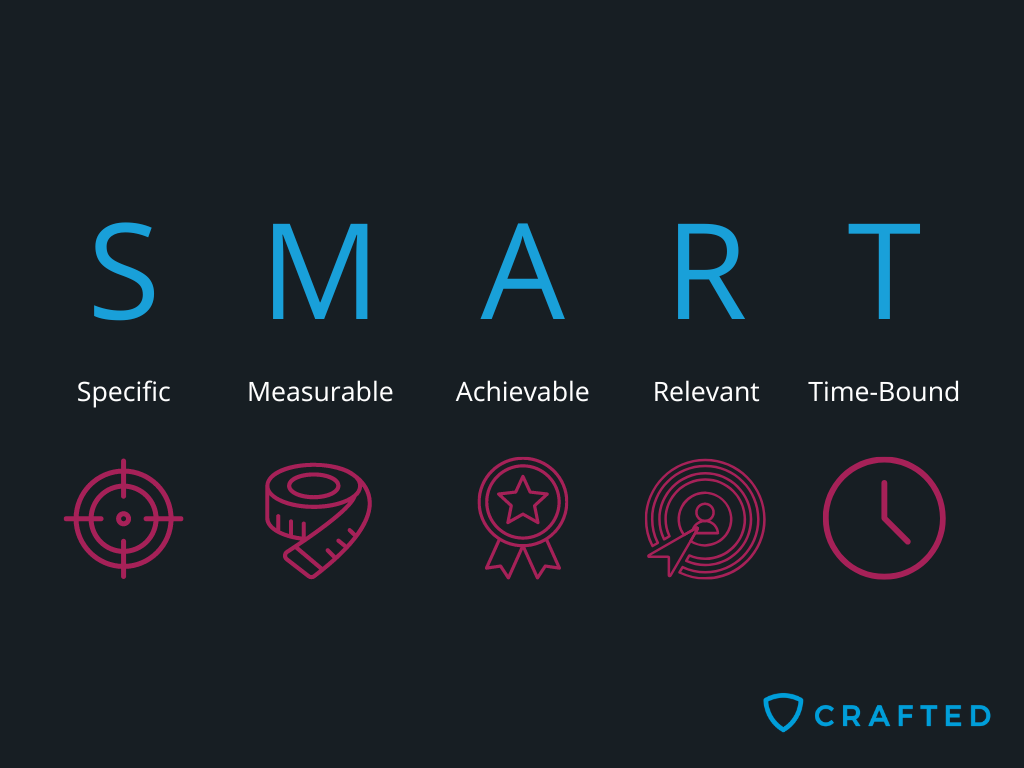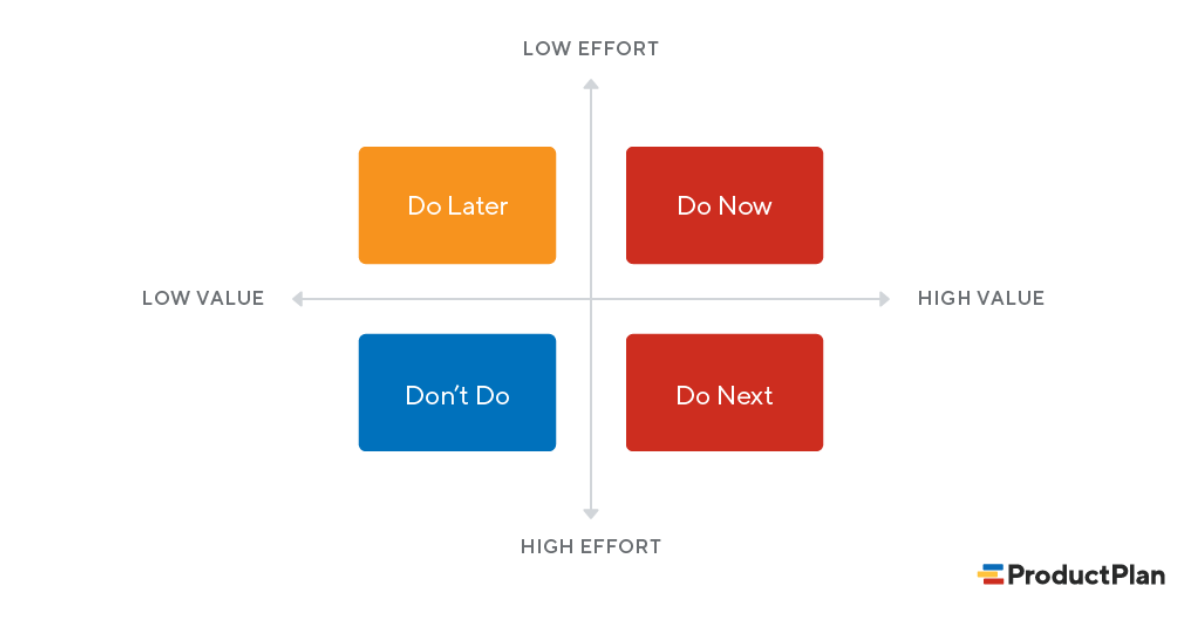PM Your Life! Life Hacks from a Seasoned Product Manager
After working in product management for over eight years, it did not come as a huge surprise that some of my on-the-job product skills began to bleed from my professional life into my personal life. After all, much of being a product manager is problem-solving and strategic thinking, both of which are not mutually exclusive to work. Despite that sound logic, it still does make me laugh when I’m called out to “take off my PM hat” for loosely using an OKR framework to settle an argument, or for building a quick Kanban board to help keep track of and prioritize the chores for my weekly house deep-clean.
When I take a moment to stop and reflect on the skills that I have sharpened as a product manager, I realize that they are largely applicable to all parts of life. I’ve developed tactics and learned tools that help me break down large, ambiguous problems into manageable, solvable chunks. Both at and outside of work, we are constantly balancing big-picture vision with daily execution.
Let’s take a look at these essential product management skills that can easily be applied to real-life situations.
Goal Setting & Measuring Outcomes
If you look up any self-help article or guide for personal development, it will likely revolve around setting goals. Goal setting is one of the most fundamental things that we do as humans to progress. From saving money to losing weight to learning a new skill, we are constantly setting goals. However, goal setting is often done incorrectly and ultimately falls flat, leaving us with no choice but to start over. Being a PM has taught me not only how to set goals, but how to set them in a way that guarantees some sort of successful outcome.
Goals fundamentally give you long-term vision with short-term achievement. We learn as product managers to make goals SMART: Specific, Measurable, Achievable, Relevant, and Time-Bound. By defining these parameters, it is easy to stay focused, measure progress, and ultimately achieve goals. Once I started using SMART goals in my personal life, I found that I had a higher success rate of actually achieving my goals!
Vision & Roadmapping
If PM 101 was a course, building a roadmap and managing a project would definitely be on the syllabus. Roadmaps align a team to a vision so that everyone knows where they are going collectively. Similar to goal setting, they break a nebulous problem into bite-sized chunks, and allow you to manage a project from a 10,000-foot view all the way down to a 100-foot view. Understanding the vision for where you want to go allows you to execute strategically.
As a PM, I’ve learned that product roadmapping is very much an art, not a science. It is a living, breathing document that should be refined and groomed constantly. My favorite framework is the Now, Next, Later framework. The “Now” is the most defined at a very specific level, but the farther out the roadmap goes, the more ambiguous the roadmap is. The “Next” section highlights upcoming opportunities or ideas that are better defined but not quite at the feature level. Finally, “Later” is extremely ambiguous; almost a parking lot for strategic ideas. Both the “Next” and “Later” sections act as a north star or a guiding light to help you document ideas and strategic thoughts so that you can then research and define those longer-term items. Additionally, a roadmap helps to highlight dependencies you might need to consider later on.
In my personal life, I use roadmaps to manage all of the various cockamamie projects that I’ve decided I want to do. I can’t accomplish all of my furniture restoration, organizational projects, and side hustle ideas at the same time, and some are dependent on one another. The roadmap helps me to organize all of these various efforts, prioritize, and work towards my larger vision.
Prioritization & Focus
Finally, if there is one skill as a product manager that I cannot escape in my personal life, it is prioritization. I am constantly prioritizing everything and weighing the tradeoffs I may need to make. Prioritization helps you decide what’s most important and then empowers you to focus on those things so that you ensure you’re completing the tasks that will drive the project forward and create the most value.
That being said, value can be relative, and, similar to product development, I have to determine what is the most value-add effort at any given time. In software development, we are constantly balancing the needs of the business with the needs of the user, while also considering the technical feasibility of a product. In my personal life, I’m balancing productivity with relaxation, among a myriad of things.
There are a few frameworks that I love to help me prioritize as a PM, including story mapping and the 2x2 Prioritization Matrix. The 2x2 matrix is beloved for its ease of use and quick output, and it’s probably the one that I use the most inside and outside of work. On one axis, you stack-rank your items based on value, which is relative to your intended goals and outcomes. Stack-ranking is a crucial part of this exercise as it forces you to make decisions on what will drive the most value for your business or personal life. On the other axis, you plot the items based on effort or complexity. Where your items fall on the grid helps you determine what is the highest value and easiest to tackle.
Conclusion
Whether you’re a product manager or not, you may have heard of some of these tactics and frameworks before. However, you may not have applied them to the challenges or projects in your personal life quite yet. Just like with a product launch, applying these PM skills to real-life situations will help you minimize stress and realize your desired outcomes faster. And here at Crafted, we love to talk product strategy and share our best practices with you so that you can use them both personally and professionally. You can learn more about how we can help by requesting more information about our Crafted Collaboration Hours.




